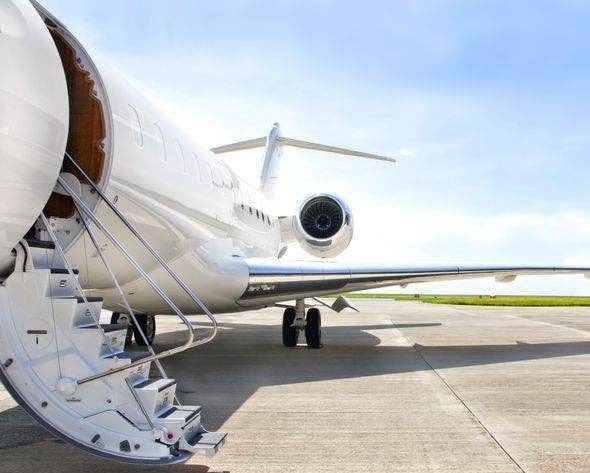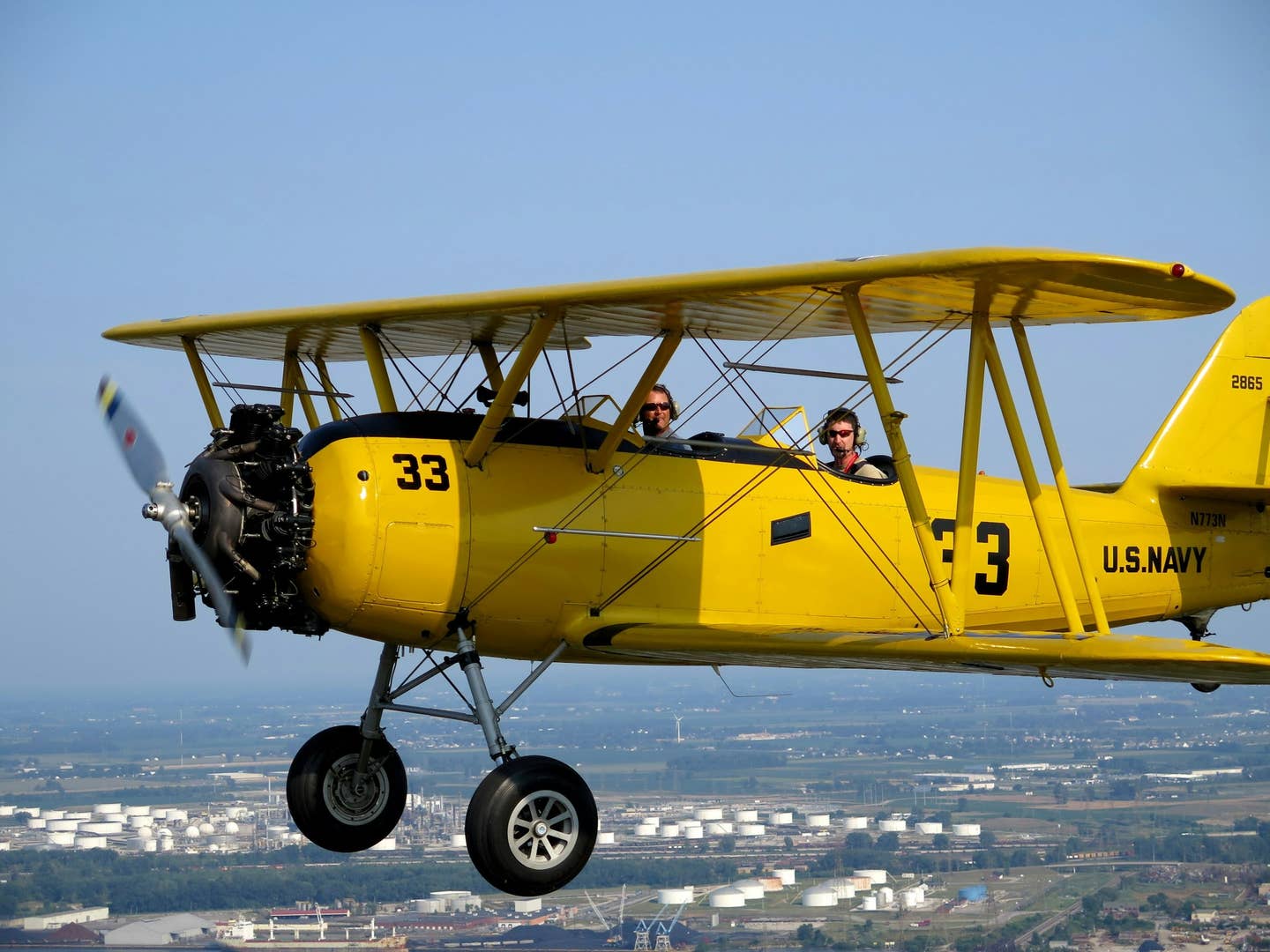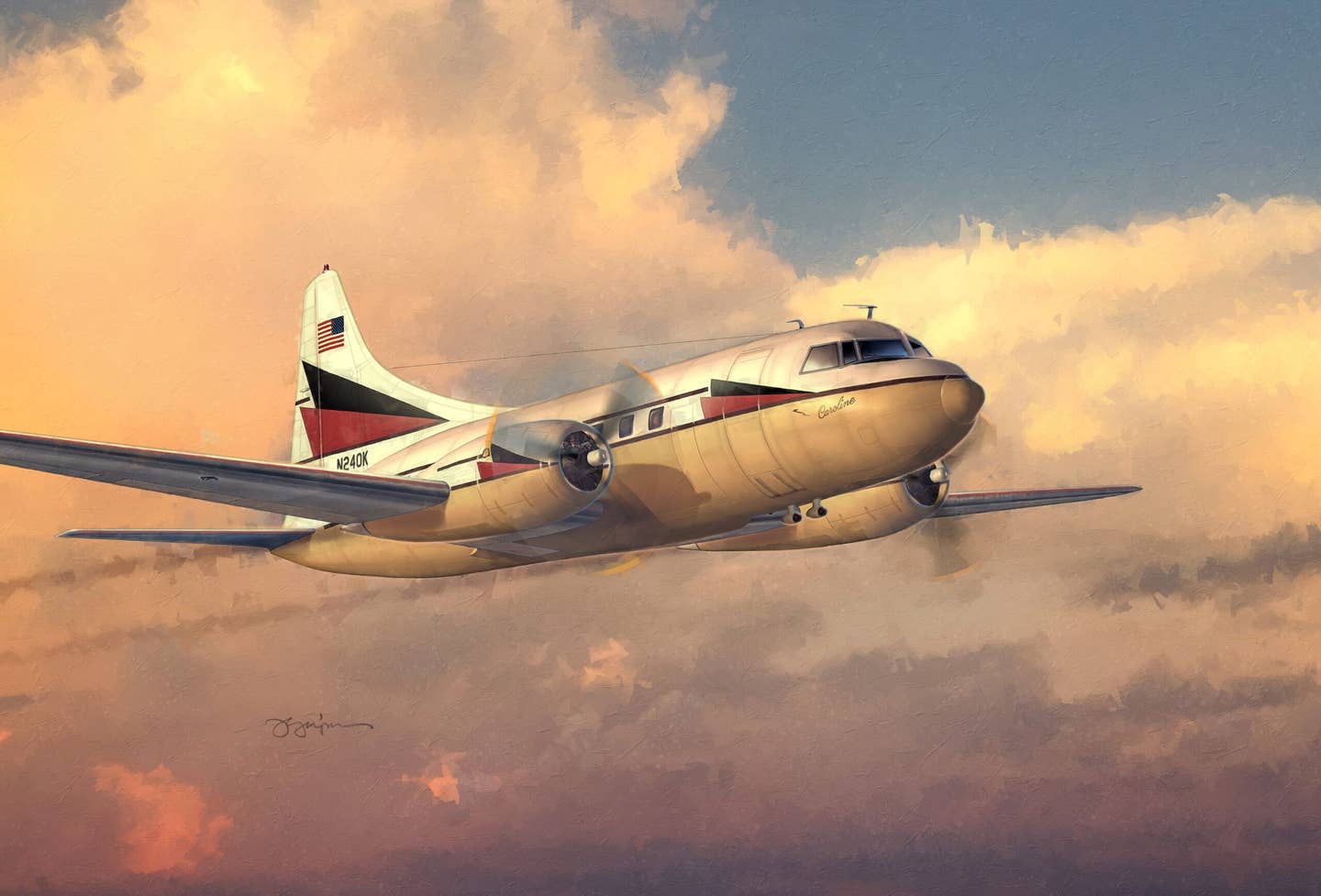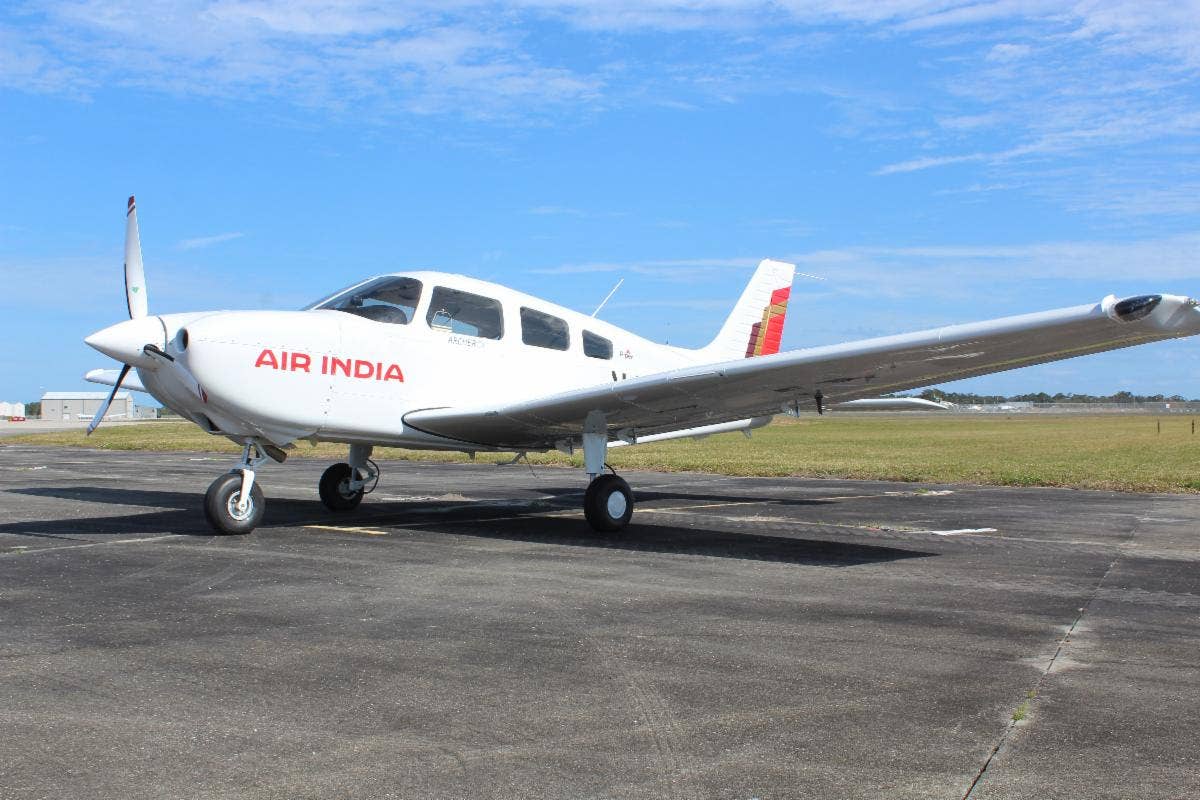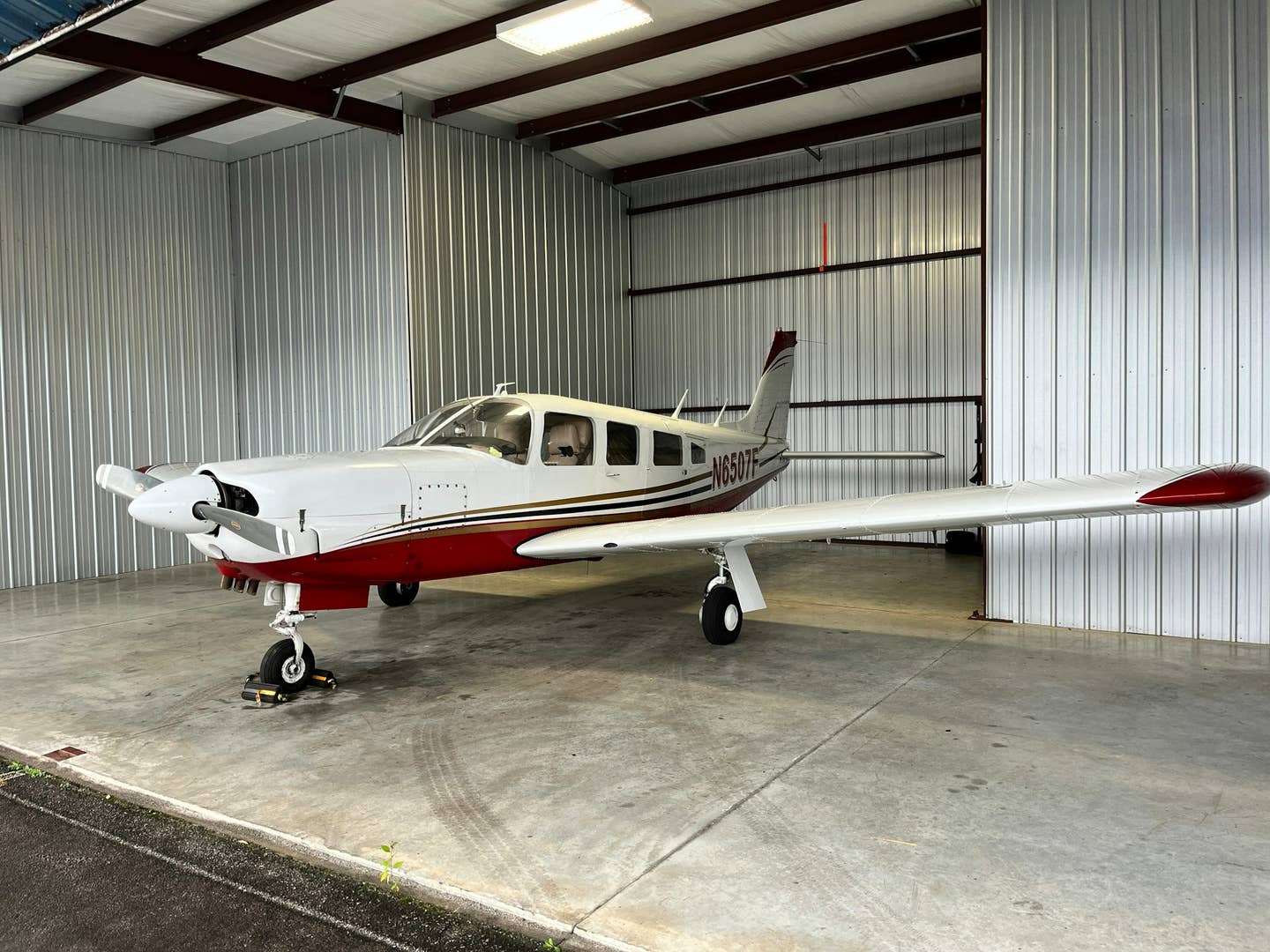
The 2009 edition of Heli Expo, the Helicopter Association International's annual industry tradeshow, was held in Anaheim, California, in late February. It was one of the busiest HAI conventions in terms of attendees (15,728 on the first day alone) and exhibitors -- a total of 584 with more than 70 helicopters on the show floor. There were numerous helicopter sales, including a few good-sized fleet orders, and sales of aftermarket products, everything from engine maintenance plans to high-tech avionics upgrades, were strong, according to reports from numerous vendors with whom we spoke.
But Heli-Expo also served as a point of reckoning to the industry, on issues from safety to sharply declining sales due to the global recession, presenting challenges the industry has never seen before. And while most industry heads remained upbeat in the face of these challenges, largely, it seemed, because there are an unprecedented number of opportunities, the mood was serious.
Safety has always been a core issue for HAI, but this year the subject took on a palpable urgency thanks to recent government action on the issue, with more surely to come soon. The NTSB was set to issue sweeping safety recommendations in the coming months based largely on a horrendous 2008 accident record, with helicopter emergency medical services (HEMS) having a particularly tragic year that only seems to underscore the ineffectiveness of the industry in improving safety over the past several years. Over the past six years, there have been 33 fatal accidents of HEMS and offshore oil helicopters resulting in more than 80 deaths.
Recognizing the dire need for improvement, the industry also discussed its newly crafted, ambitious plan to cut the accident rate by 80 percent by 2016, and HAI head Matt Zuccaro made it clear that improving safety in the helicopter world is Job One for the industry, though everyone acknowledged the difficulty of the task ahead of them.
Perhaps the most obvious potential solution is improved avionics capability. And the NTSB has not missed that point. Many of its recommendations will be for updated electronics, with TAWS and ADS-B being two of the most discussed features.
The FAA issued a new order late last year that specified the performance of approved TAWS systems, though it did not mandate the technology at the time. But the companies that were offering such conforming TAWS products were doing a brisk business at the show, as companies voluntarily sought to equip in advance of expected mandates.
One of the most impressive products of the bunch was Sandel's new helicopter TAWS, the ST3400H. It is based on Sandel's transport category-approved display, which features a superbright backlit LED in a standard format instrument with minimal install and wiring requirements. The most frequent spot for the TAWS display will be in the place of an existing radar altimeter display, which it can replace. It doesn't require a remote TAWS computer -- it's all built into the display. Sandel took a number of orders for the approximately $20,000 display at the show and was showing off its backlit LED primary display, which it is offering in conjunction with Free Flight's line of radar altimeters.
Honeywell made a safety splash, too, with its extensive Sentinel display system, an integrated hazard avoidance system that combines moving map, TAWS, traffic, radar altimeter, XM Weather and vertical down track profiling, as well as multiple map products, including sectional and helicopter routes.
Chelton's HTAWS was also drawing quite a crowd at Heli-Expo. The system features built-in TAWS with an ingenious power sharing design with great redundancy, which combines nicely with the Chelton EFIS system, with primary and multifunction displays. The compact and lightweight units offer advanced navigation, plus forward and downward looking terrain. They also have quite a track record, with more than 1,500 having been installed in fixed-wing aircraft and helicopters, most of those in Alaska, where, President Gordon Pratt says, the system has proved its safety credentials. All three systems are compatible with night vision goggles.
In addition to the safety crisis, the industry, as is the case just about everywhere, has been hit hard by the recession. Orders are down everywhere, and the specter of layoffs at airframers is the rule, not the exception. Despite a strong order book, Robinson has cut production by around 20 percent as many of its customers have cancelled or cut orders. And future orders are slow in coming. It is hoping that the R66, which is just about ready to enter the FAA flight test program, will add much needed steam to the order book. Robinson hopes to have the R66 certified by late this year or early next year, with full-scale production beginning early in 2011.
Many manufacturers spoke frankly about the economic challenges. Eurocopter said that it was trimming expenses in order to weather the downturn with hopes of a recovery in the coming year, and those manufacturers who didn't say as much are surely taking the same approach to the business.
Bell, for one, announced a further delay in its 429 program while teasing existing order holders with news of impressive performance increases for the light twin. The helicopter's projected top cruise speed, says Bell, has increased from 142 to 150 knots, and its long-range cruise has gone up from 350 to 368 nm, though its useful load has shrunk by a few pounds to a still impressive 2,640 pounds. Bell also announced that the program is being pushed back again, a result of software certification delay, it said, though it didn't say what the new timetable for certification was. Bell previously announced more than 300 orders for the new helicopter.
MD Helicopters was upbeat, announcing three sales at the show, and CEO Lynn Tilton said she expects few cancellations this year. MD is expected to deliver up to 70 helicopters in 2009.
Sikorsky announced the recent first flight (just a couple of weeks prior to the show) of its latest executive transport, the S-76D. The D-model features a host of impressive technological enhancements, including flaw-tolerant main rotor blades, active vibration reduction, a new Thales avionics suite with autopilot, more powerful Pratt & Whitney engines (with a quiet mode for noise abatement compliance), and an available rotor blade anti-icing system.
And Eurocopter, which last year had a rough and rugged looking offshore transport version of its medium twin EC175 on display, came to the show with a beautifully trimmed out executive version with far fewer (10, versus 15) seats that were far plusher. While the helicopter will surely appeal to executives looking for a comfortable city to city transport, Eurocopter points out that the ship is fully reconfigurable, so workers can pile in shortly after the suits pile out. The company took 111 orders for the helicopter, mostly for offshore transport, at last year's Heli-Expo. Eurocopter expects certification for the EC175 in 2011. Next year's Heli-Expo is back in Houston, site of the 2008 edition. The gathering will run from February 21 to 23.

Sign-up for newsletters & special offers!
Get the latest FLYING stories & special offers delivered directly to your inbox

